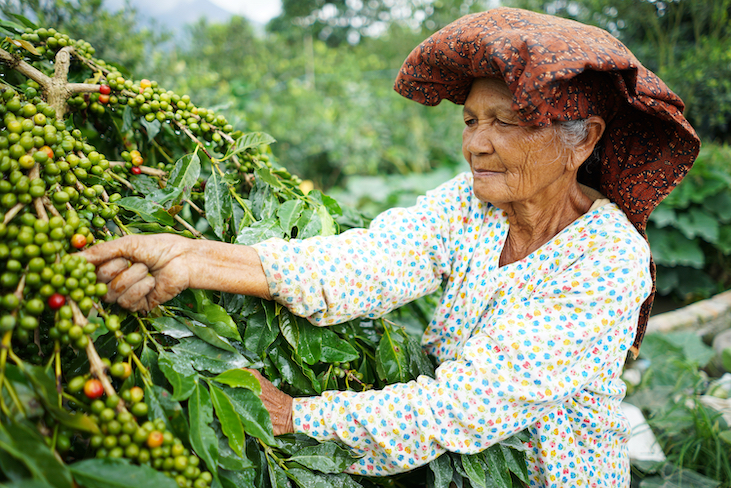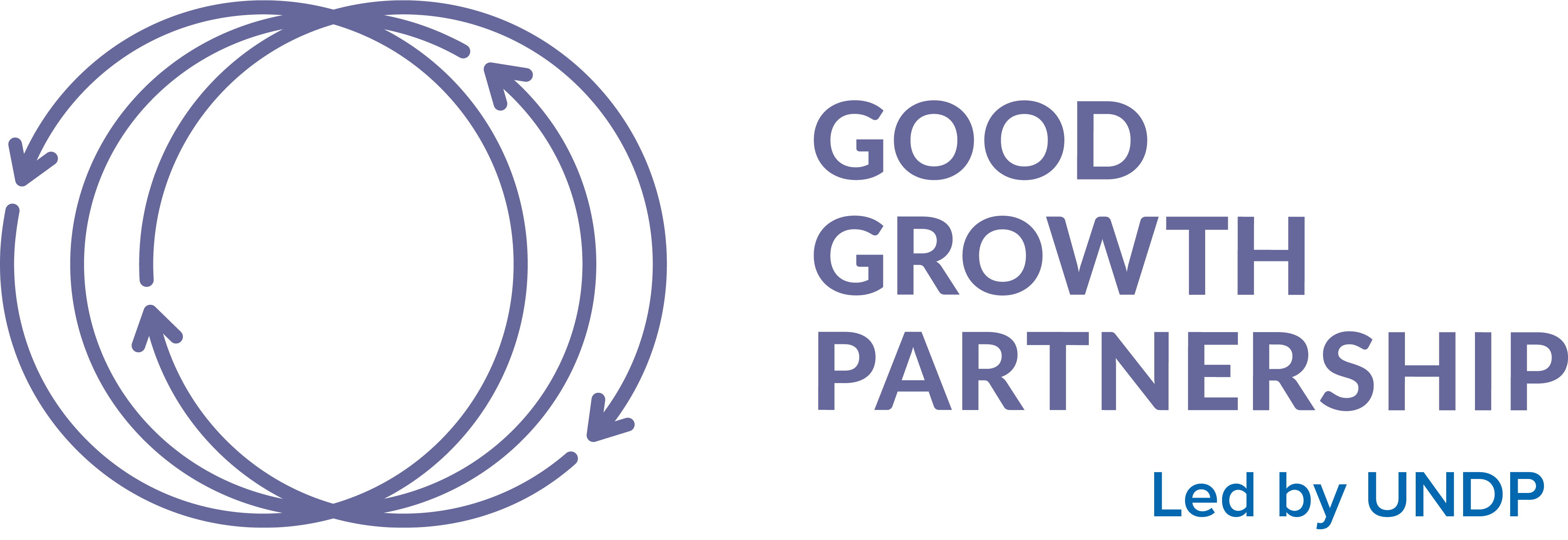
Empowering and encouraging rural women in the global south to adopt more sustainable practices can have a significant impact on biodiversity conservation, a fact that often goes unrecognized in the agriculture sector. Strengthened land rights for Indigenous Peoples and women, and equitable community forest, land and water management groups are also critical for stemming biodiversity losses.
Target 21 of the new biodiversity framework under discussion at the COP15 biodiversity summit, which begins this week in Montreal, aims to support their contribution to sustainable commodity value chains, agricultural landscapes and forest sectors as farmers, workers, processors and entrepreneurs.
Target 21. Ensure equitable and effective participation in decision-making related to biodiversity by Indigenous Peoples and local communities, and respect their rights over lands, territories and resources, as well as by women and girls, and youth.
Women typically own less land, livestock, seed, fertilizer, labor and finance than men. They also have less access to rural extension services and technical trainings than men. With more opportunities they could learn more about improved land management and agronomic practices that enhance soils and tree cover leading to more biodiversity. Environmental sustainability related pledges – such as “zero deforestation” pledges made by companies and governments – are less likely to benefit women than men. These gender gaps offer challenges, but also tremendous opportunities for enhancing biodiversity-related outcomes.
Delegates at the Montreal event hosted by the Convention on Biological Diversity (CBD), one of the three Rio Conventions agreed in 1992, will be focused on efforts to finalize an international agreement designed to conserve the natural world to try and prevent a large scale global extinction.
The Food Systems, Land Use and Restoration (FOLUR) Impact Program, which aims to catalyze gender-responsive activities and to measure improved equity impacts in 27 country projects and eight commodity value chains, will be keeping a close eye on the activities.
“If this target is entrenched in the new framework, it will help ensure governments and companies pay more attention to supporting the people with the most incentive to protect and enhance biodiversity critical for their livelihoods,” said Patricia Kristjanson, senior gender specialist for FOLUR, which is coordinated by the World Bank and financed by the Global Environment Facility (GEF).
The projects ensure gender-equitable participation in local natural resource management consultations and decision-making bodies. They also assess roles and opportunities for often excluded Indigenous Peoples, women and marginalized community members.
FOLUR is already working toward achieving Target 21. Efforts include supporting behavioral change campaigns focused on influencing gender norms, undertaking gender dialogues and social learning exercises with project beneficiaries, and setting targets or quotas to ensure more inclusive community natural resource management groups, Kristjanson said.
All FOLUR project teams work with local partners to prioritize inclusiveness, gender and vulnerability-focused activities.
Capacity and training targeting women’s needs focus on leadership, financial and technical training in landscape planning, agroforestry practices, improved forest management and women’s extension services.
“In Mexico, the project team has undertaken a comprehensive gender analysis in its project sites,” Kristjanson said. “It is used to strengthen the capacity to implement natural resource and biodiversity management activities that empower women. These include climate-smart and more environment and biodiversity-friendly agricultural practices and improved water management.”
The new Post-2020 Global Biodiversity Framework drafted last year under discussion in Montreal is designed to stabilize the loss of biodiversity by 2030 and significantly regenerate natural ecosystems by 2050. Adding a specific target aimed at supporting communities on the ground doing the stabilization work will ideally lead to greater investment in these groups, and greater success in reaching these goals.
It builds on the Strategic Plan for Biodiversity 2011-2020 and the Aichi Biodiversity Targets, which were not achieved, although they were intended to cut natural habitat loss in half and expand nature reserves to 17 percent of total land area.
The CBD is supported by two other Rio Conventions, the U.N. Framework Convention on Climate Change and the U.N. Convention on Desertification and Drought.
[Dec. 6, 2022]







